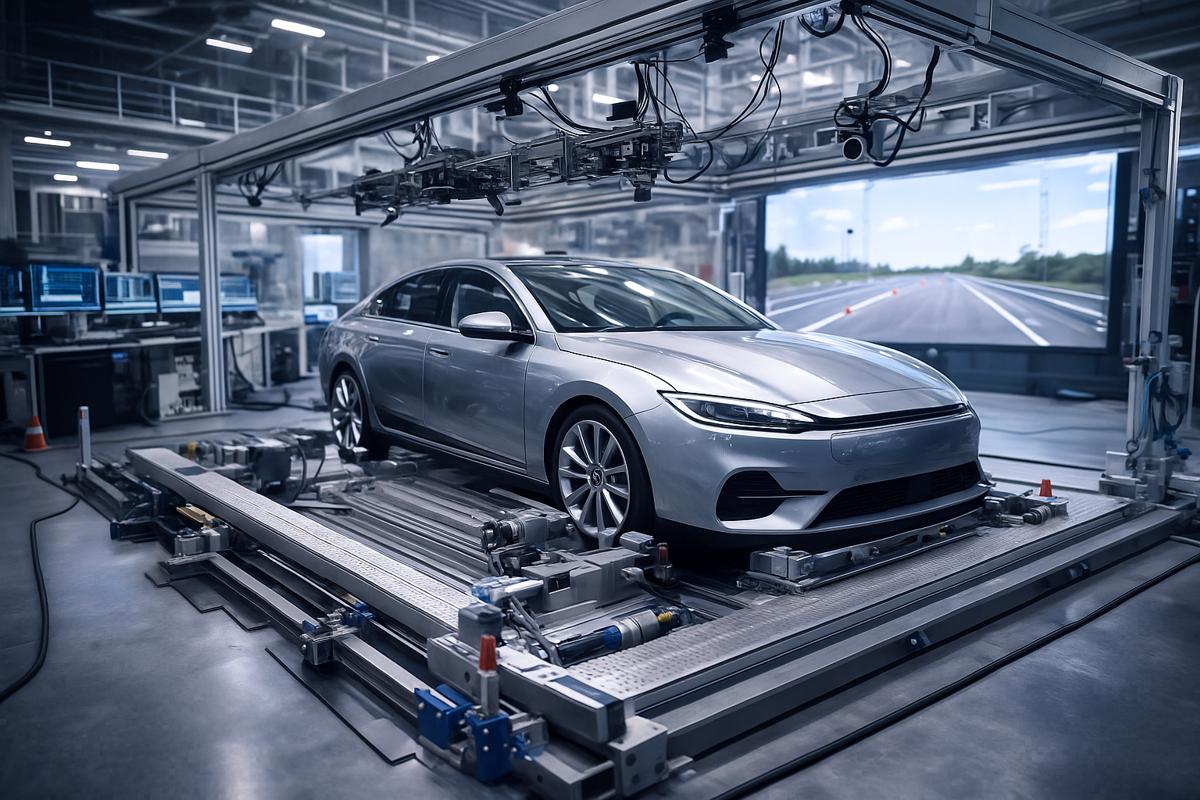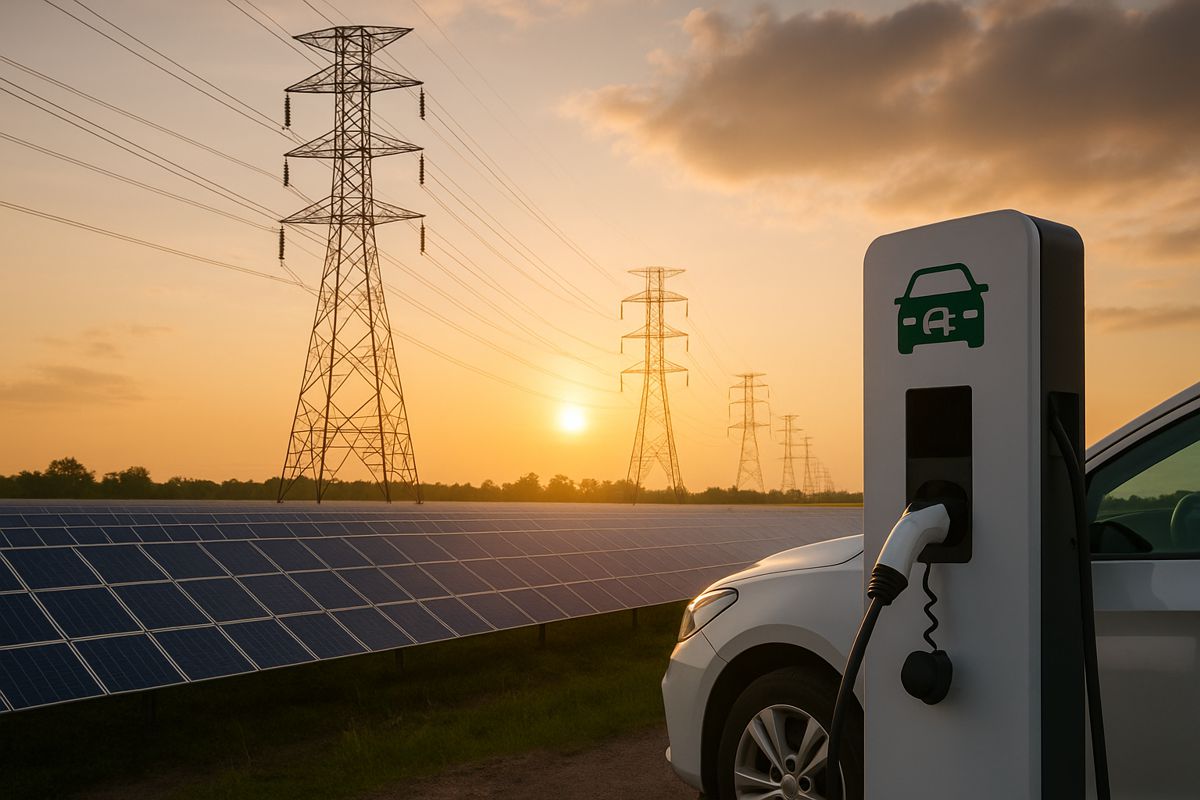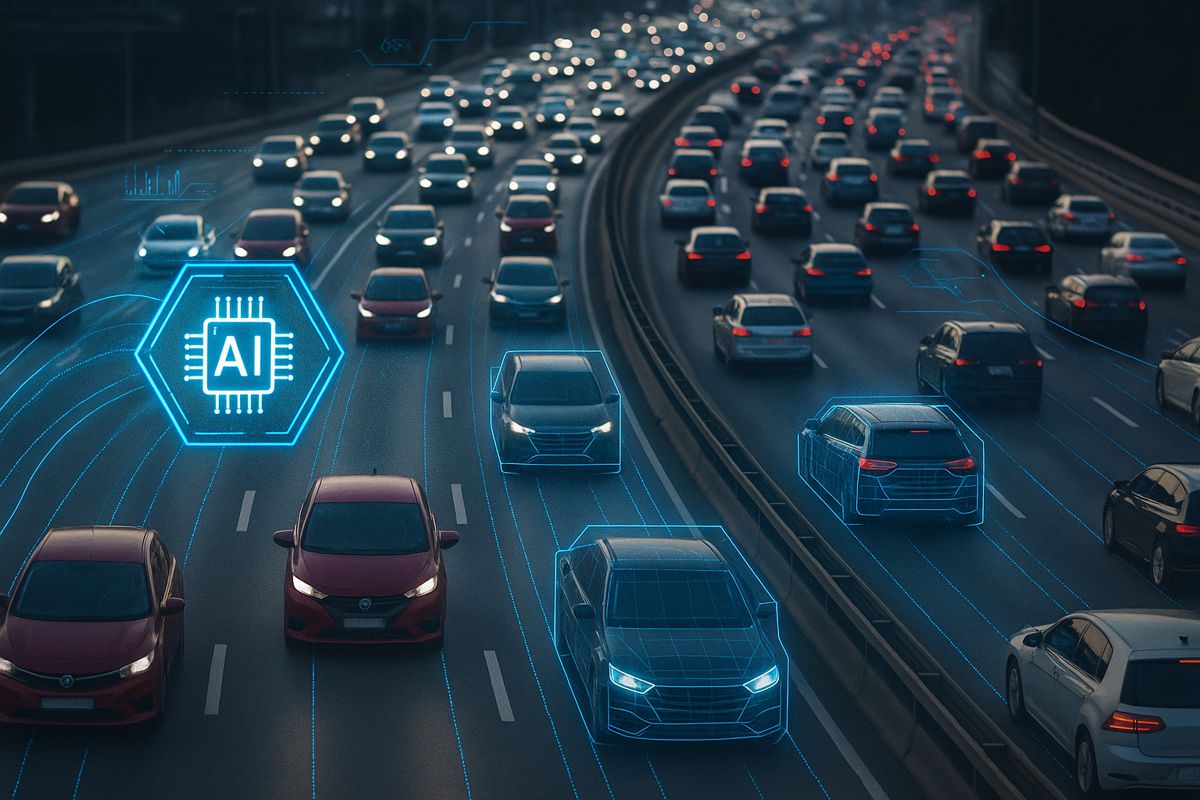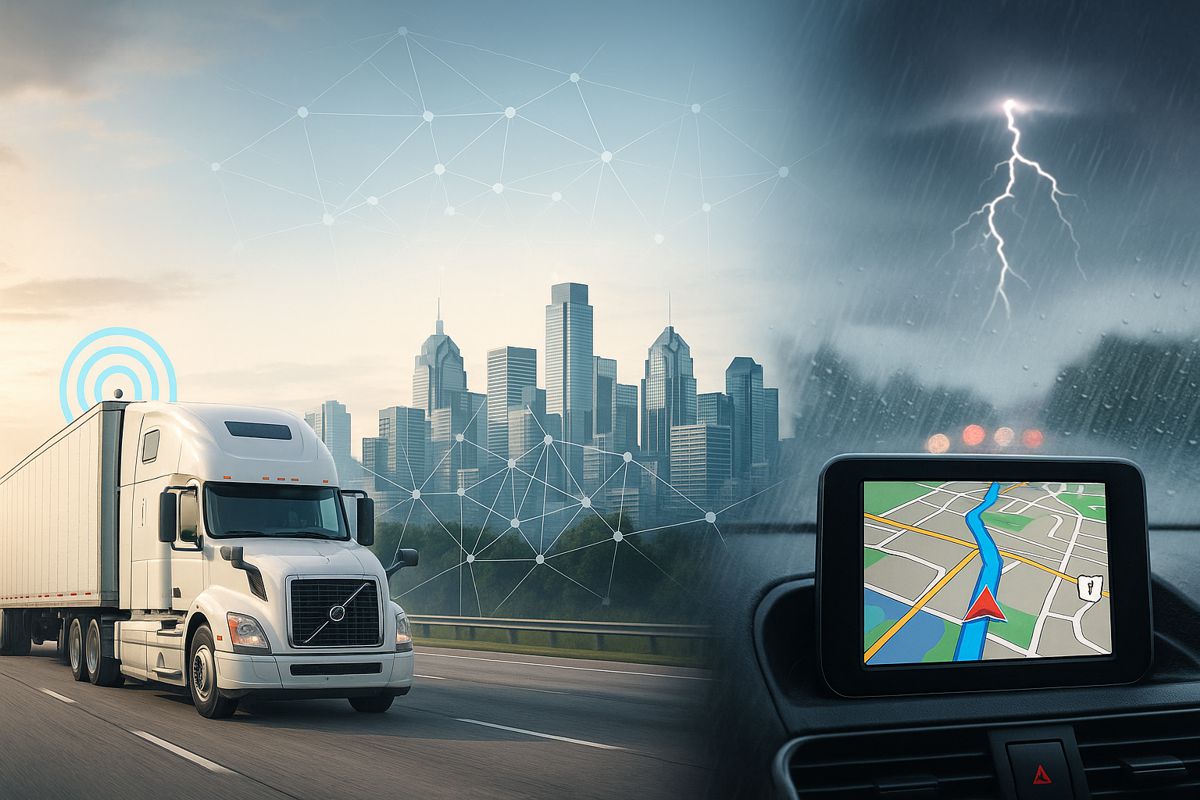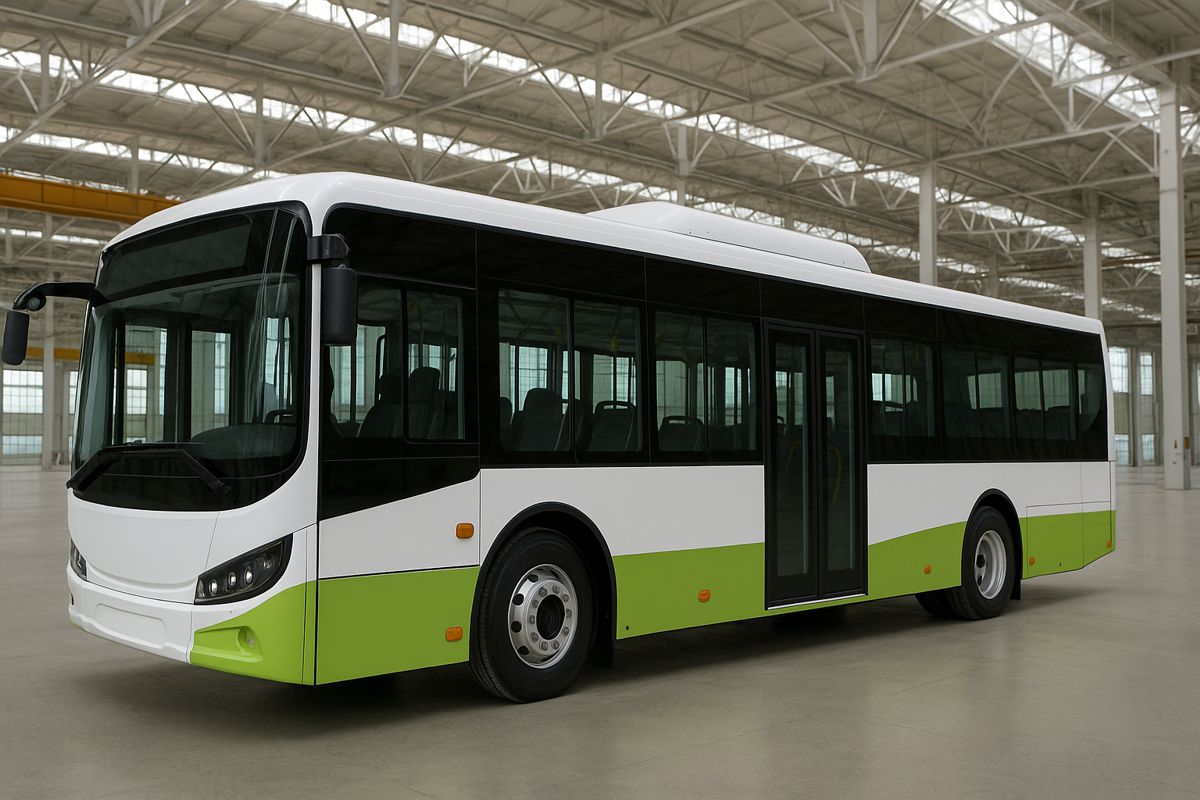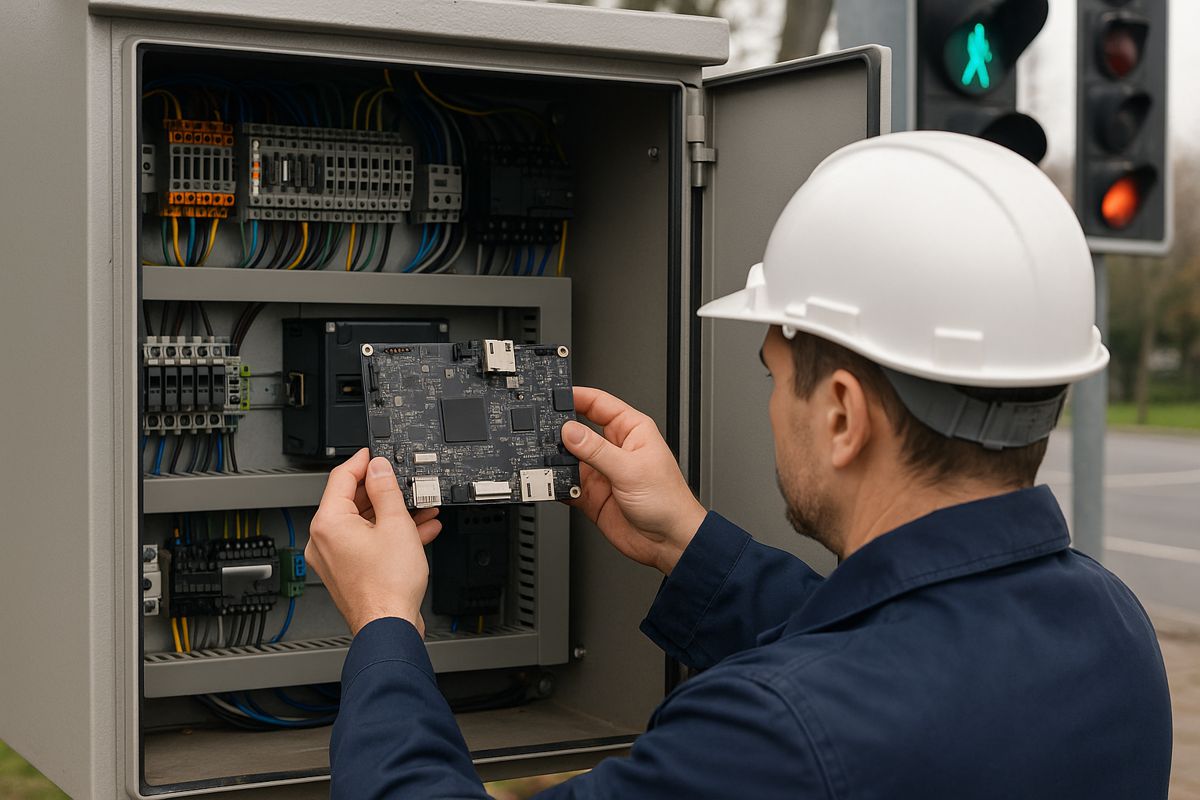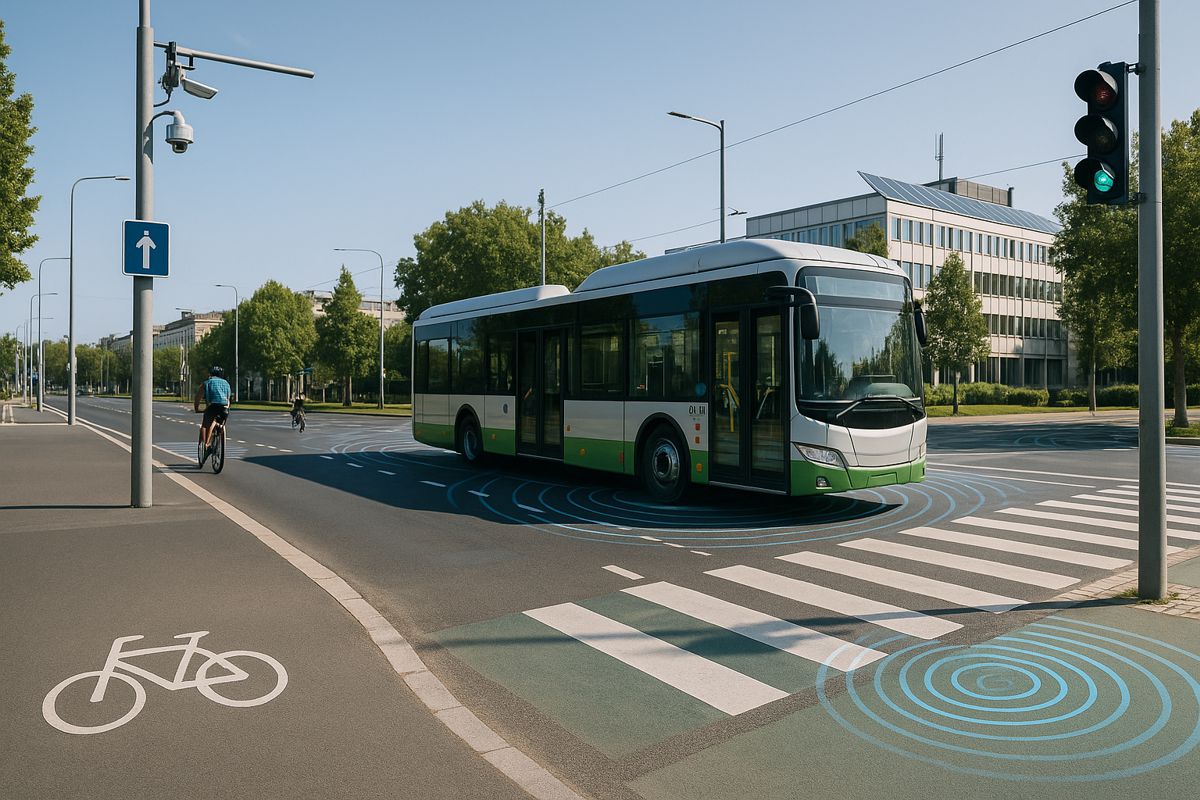What to consider when buying a second-hand vehicle
The used car market is a popular option for many motorists. It offers a much broader selection of vehicles, at comparatively very reasonable prices. What’s more, when you’re buying used cars, you don’t have to think about the environmental consequences of manufacturing a new one from scratch.
Demand for used cars is buoyant at the moment, with prices up 2.8% compared to January 2022. Surveys report that many customers are more likely to want to buy a car, too – this coming despite economic uncertainty and a cost-of-living crisis.
If you’re thinking about delving into the used market, then it’s worth keeping a few key considerations in mind.
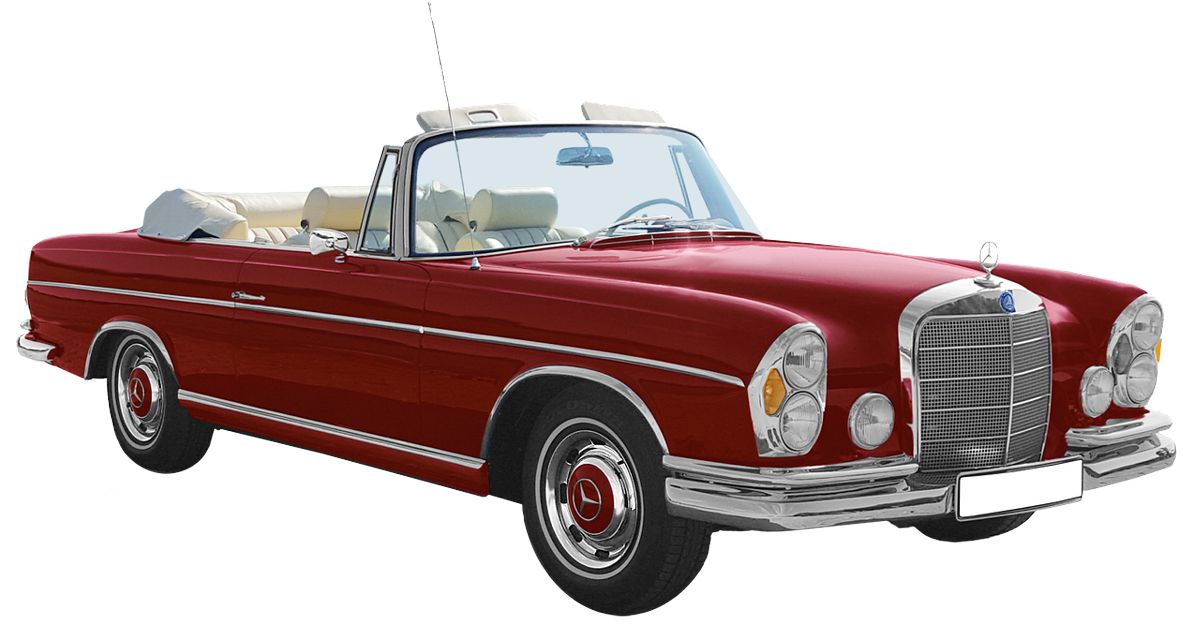
Engine
If your car’s engine isn’t in good condition, then it won’t get far. You should be looking not just at the state of the engine as it is, but at any symptoms which might indicate problems in the future. Open up the bonnet and check for leaks, and that the head gasket is in reasonable condition. Make a point of listening to the engine turn, and looking at the colour of the exhaust smoke.
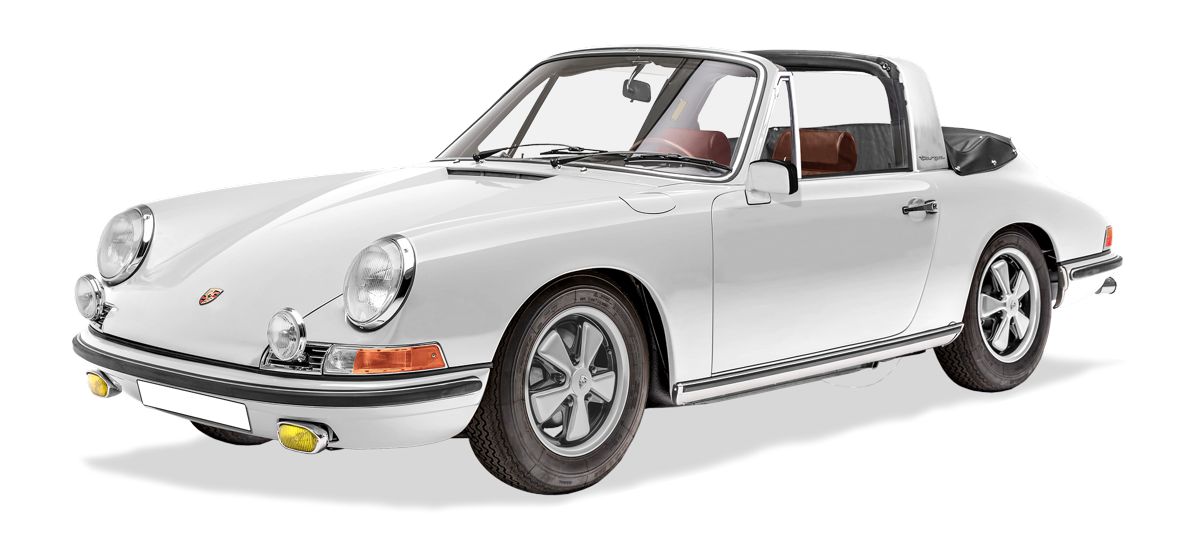
Gearbox and clutch
The biting point of the clutch, and the smoothness of gear changes, should both be attended to during the test drive. Gearbox problems are notoriously expensive to fix – so make sure everything is buttery-smooth!
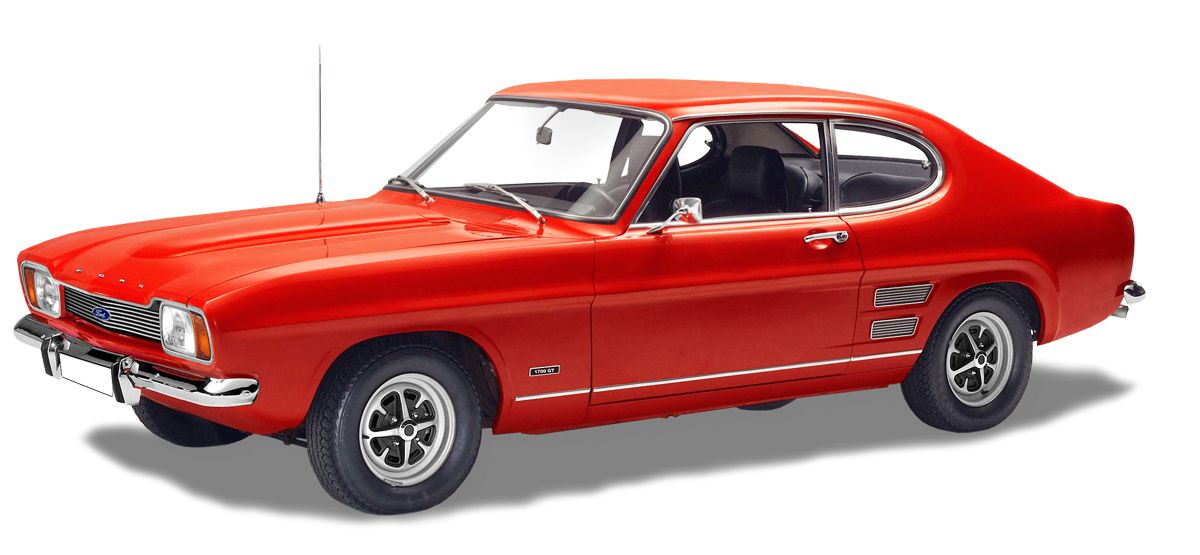
Bodywork
Check the entire exterior for scratches and nicks, including the underside. Bring a torch so that you can see everywhere. Even minor nicks and dents might indicate that the previous owner was prone to careless driving – which might indicate that there are other problems to be uncovered.
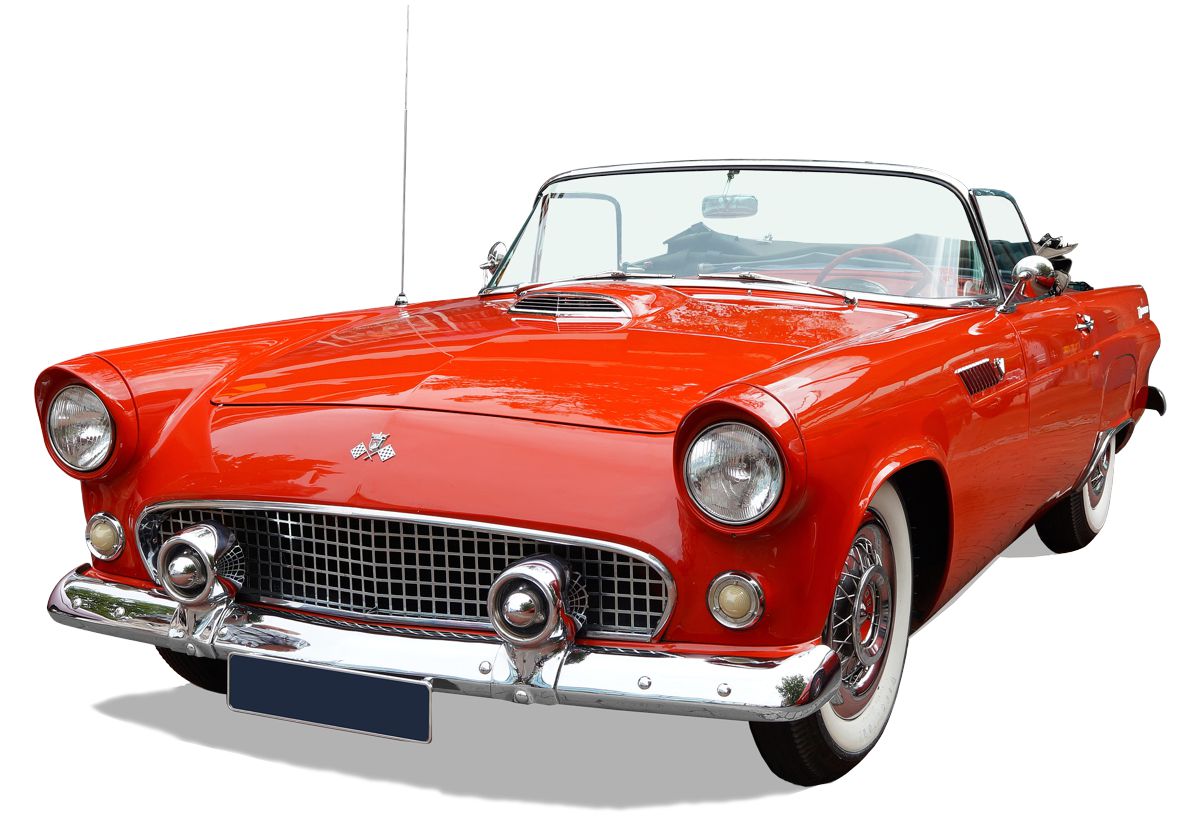
Wheels and tyres
If the tyres are looking a little bit worn down, then you’ll need to get them replaced sooner rather than later. Try to negotiate a discount on this basis. Uneven wear might point to a wheel misalignment – so make sure that you pay attention to this.

Interior
Before you set out on a test drive, check the dashboard for warning lights, and make sure that the infotainment system (if there is one) is working correctly.
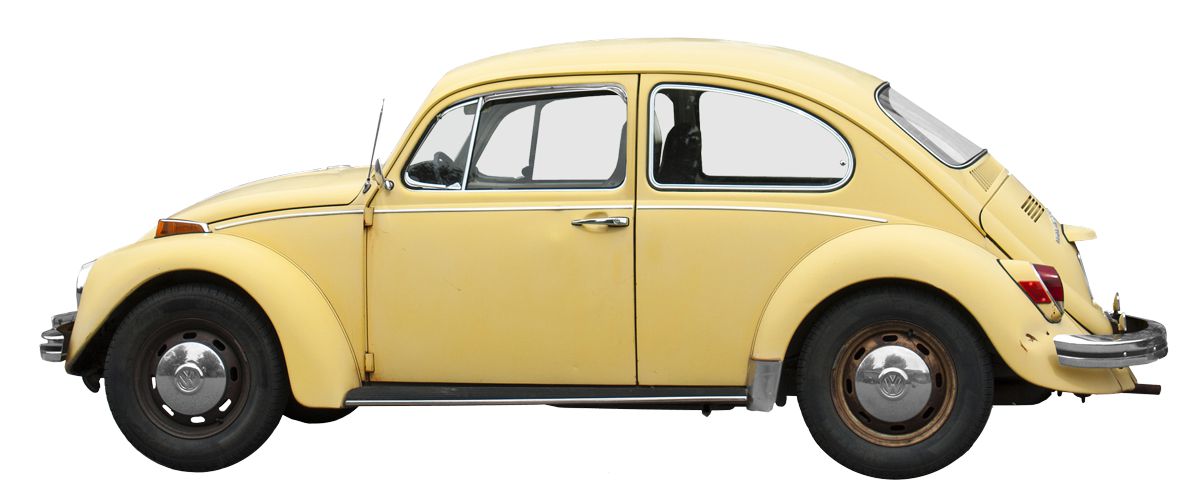
Test drive
We’ve already mentioned the test drive a few times. It’s an indispensable part of your research process. Don’t be satisfied until you’ve spent some time with the vehicle on a public road. If you don’t feel right, then walk away!

Documents
You’ll need the V5C, service history and MOT history. You can get some of this online – including the MOT history – but it tends to be a good idea to get them at the point of purchase. Obviously, if the MOT history looks suspicious, or you’re having a hard time getting the V5C, then it might be a sign that the seller has something to hide.









